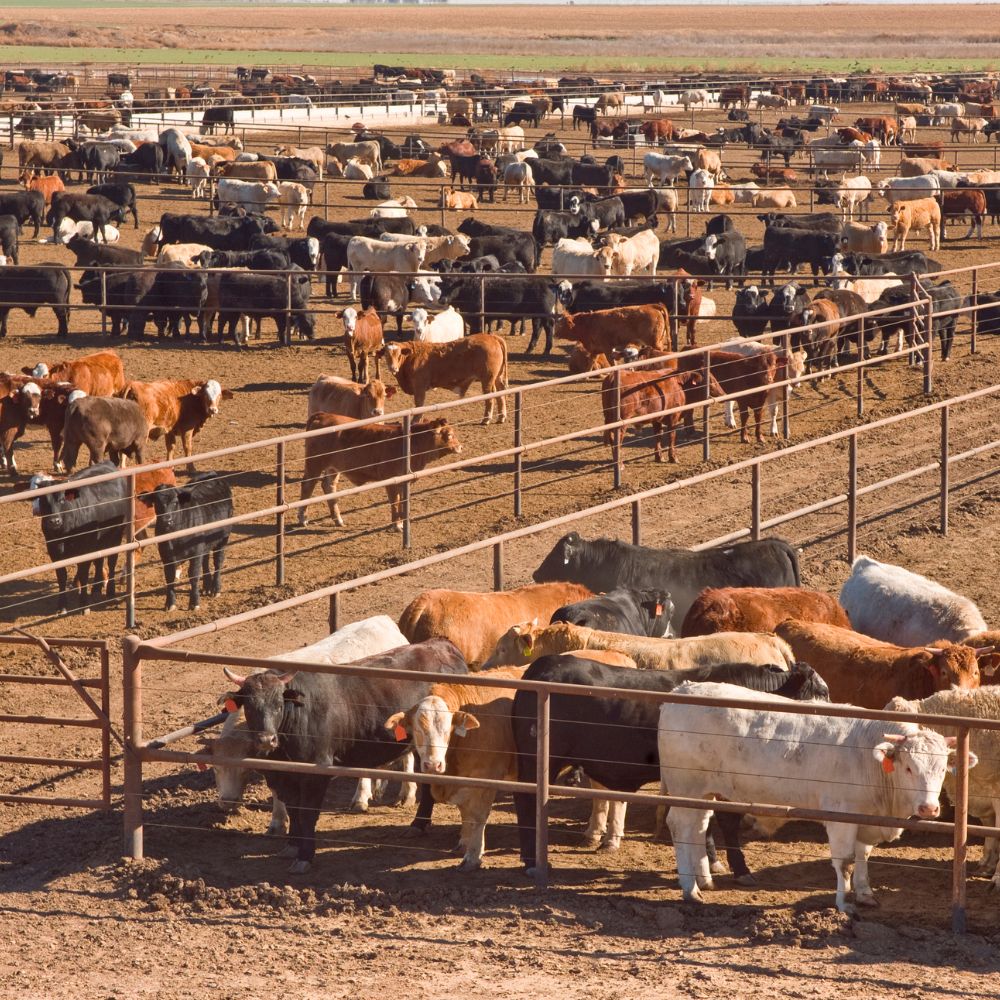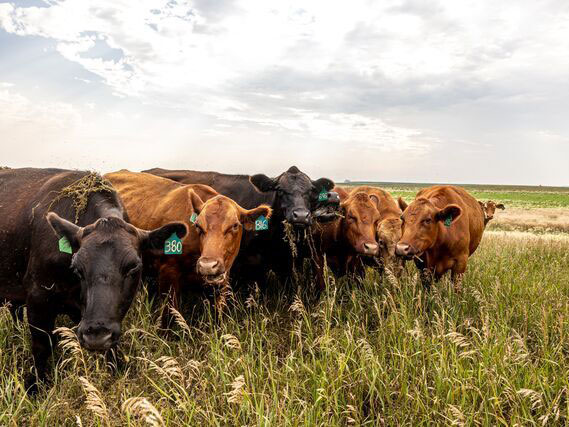Unlocking Growth Potential: Bagley Risk Management Approaches
Unlocking Growth Potential: Bagley Risk Management Approaches
Blog Article
Understanding Livestock Risk Defense (LRP) Insurance Coverage: A Comprehensive Overview
Browsing the realm of livestock danger defense (LRP) insurance policy can be a complicated undertaking for several in the agricultural market. From just how LRP insurance functions to the different insurance coverage alternatives available, there is much to uncover in this detailed overview that might possibly form the means animals manufacturers approach threat management in their companies.

Exactly How LRP Insurance Policy Functions
Sometimes, understanding the mechanics of Animals Danger Protection (LRP) insurance policy can be complicated, but damaging down exactly how it works can provide quality for breeders and farmers. LRP insurance policy is a danger administration device developed to protect animals producers versus unforeseen price decreases. The policy permits producers to establish a protection level based upon their certain requirements, choosing the variety of head, weight range, and coverage price. Once the plan remains in location, if market costs fall listed below the insurance coverage cost, producers can sue for the distinction. It's important to keep in mind that LRP insurance is not a revenue assurance; rather, it focuses exclusively on rate danger defense. The coverage period typically ranges from 13 to 52 weeks, providing versatility for manufacturers to choose a duration that straightens with their production cycle. By utilizing LRP insurance policy, farmers and ranchers can alleviate the monetary threats associated with rising and fall market value, making certain higher security in their operations.
Qualification and Insurance Coverage Options

When it comes to insurance coverage options, LRP insurance supplies manufacturers the flexibility to select the coverage degree, insurance coverage duration, and recommendations that best suit their threat management requirements. Protection degrees usually vary from 70% to 100% of the expected ending value of the insured animals. Manufacturers can additionally select coverage periods that straighten with their production cycle, whether they are insuring feeder cattle, fed livestock, swine, or lamb. Endorsements such as rate threat defense can further customize insurance coverage to secure versus negative market variations. By understanding the eligibility standards and insurance coverage alternatives readily available, livestock producers can make educated decisions to take care of threat effectively.
Pros and Disadvantages of LRP Insurance Coverage
When reviewing Livestock Danger Security (LRP) insurance policy, it is necessary for livestock manufacturers to evaluate the advantages and negative aspects intrinsic in this danger monitoring device.

One of the main advantages of LRP insurance coverage is its capability to supply protection against a decline in livestock rates. This can help safeguard manufacturers from financial losses resulting from market variations. In addition, LRP insurance coverage supplies a degree of flexibility, enabling manufacturers to personalize protection degrees and plan periods to fit their details needs. By securing a guaranteed price for their animals, producers can much better take care of threat and plan for the future.
One limitation of LRP insurance is that it does not protect against all kinds of threats, such as illness outbreaks or all-natural calamities. It is essential for manufacturers to meticulously evaluate their specific threat exposure and economic situation to figure out if LRP insurance is the appropriate danger management tool for their view website operation.
Comprehending LRP Insurance Policy Premiums

Tips for Taking Full Advantage Of LRP Benefits
Maximizing the benefits of Animals Risk Defense (LRP) insurance needs strategic preparation and positive risk management - Bagley Risk Management. To take advantage of your LRP protection, consider the adhering to pointers:
On A Regular Basis Analyze Market Problems: Remain educated about market patterns and price fluctuations in the livestock industry. By checking these elements, you can make enlightened choices regarding when to purchase LRP insurance coverage to safeguard against possible losses.
Establish Realistic Coverage Levels: When selecting insurance coverage levels, consider your manufacturing prices, market value of animals, and potential threats - Bagley Risk Management. Establishing practical coverage degrees makes sure that you are adequately protected without overpaying for unnecessary insurance policy
Expand Your Insurance Coverage: Rather than relying entirely on LRP insurance policy, think about expanding your threat monitoring techniques. Incorporating LRP with various other danger administration devices such as futures agreements or options can supply comprehensive coverage versus market uncertainties.
Testimonial and Adjust Insurance Coverage Regularly: As market conditions alter, regularly review your LRP coverage to guarantee it straightens with your current danger exposure. Adjusting protection degrees and timing of acquisitions can help maximize your risk security method. By adhering to these ideas, you can take full advantage of the benefits of LRP insurance coverage and secure your livestock procedure versus unexpected dangers.
Verdict
Finally, livestock threat protection (LRP) insurance policy is a valuable tool for farmers to take care of the financial dangers connected with their livestock operations. By recognizing just how LRP works, qualification and insurance coverage choices, in addition to the advantages and disadvantages of this insurance, farmers can make enlightened decisions to secure their source of incomes. By carefully considering LRP premiums and carrying out strategies to make best use of benefits, farmers can alleviate potential losses and make sure the sustainability of their procedures.
Animals producers interested Find Out More in acquiring Livestock Risk Protection (LRP) insurance coverage can discover a range of qualification requirements and protection alternatives tailored to their specific livestock procedures.When it comes to insurance coverage choices, LRP insurance coverage provides producers the flexibility to select the protection degree, insurance coverage duration, and recommendations that ideal fit their threat administration demands.To realize the complexities of Animals Risk Protection (LRP) insurance policy fully, comprehending the elements influencing LRP insurance policy costs is vital. LRP insurance premiums are established by numerous components, including the coverage degree chosen, the expected price this hyperlink of animals at the end of the insurance coverage period, the kind of animals being insured, and the length of the insurance coverage period.Review and Adjust Coverage On a regular basis: As market problems change, regularly review your LRP protection to ensure it lines up with your present threat direct exposure.
Report this page